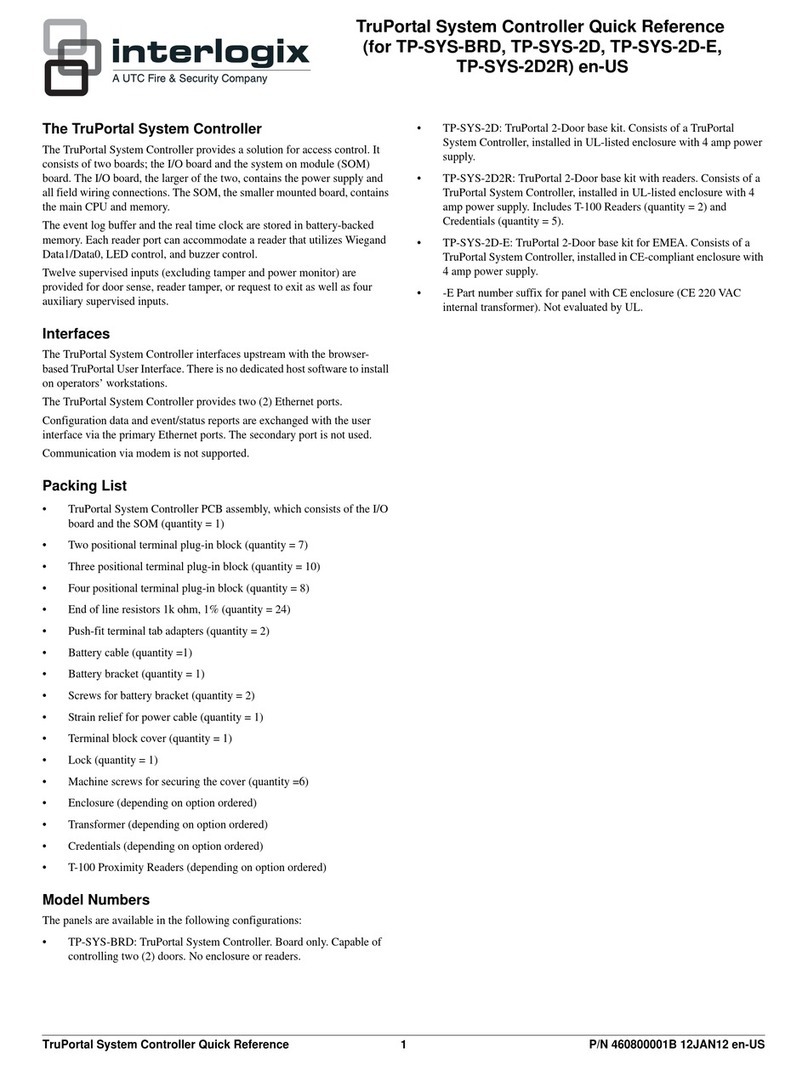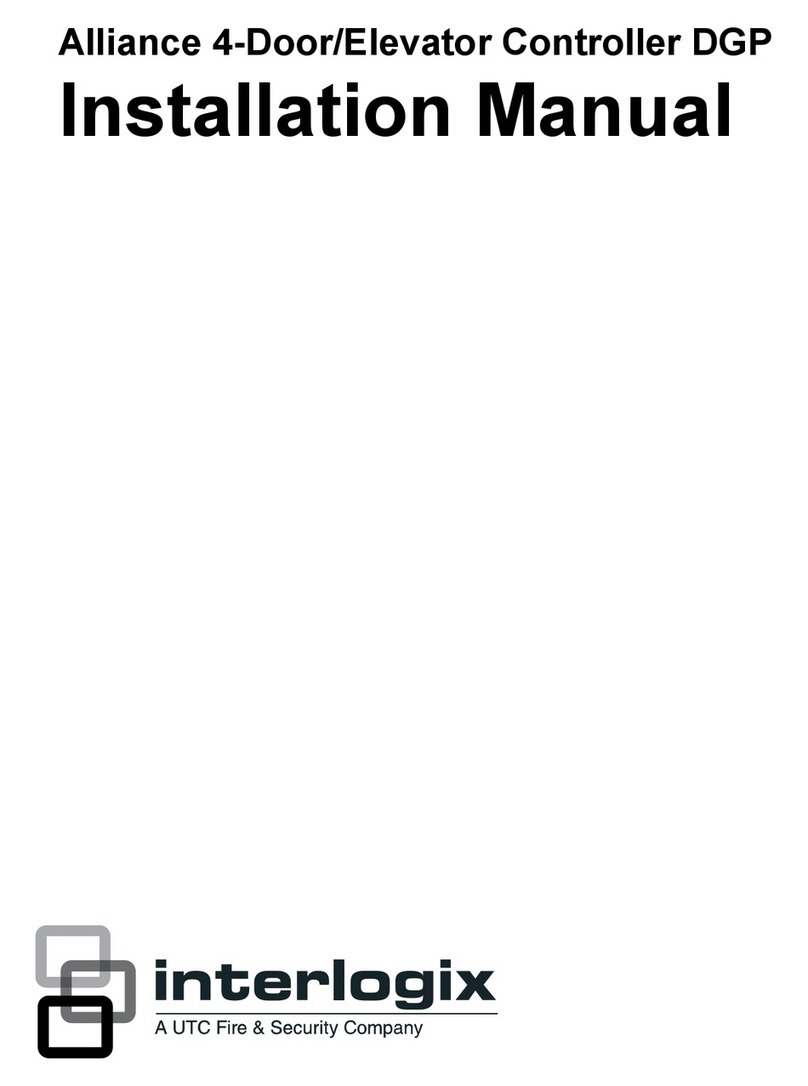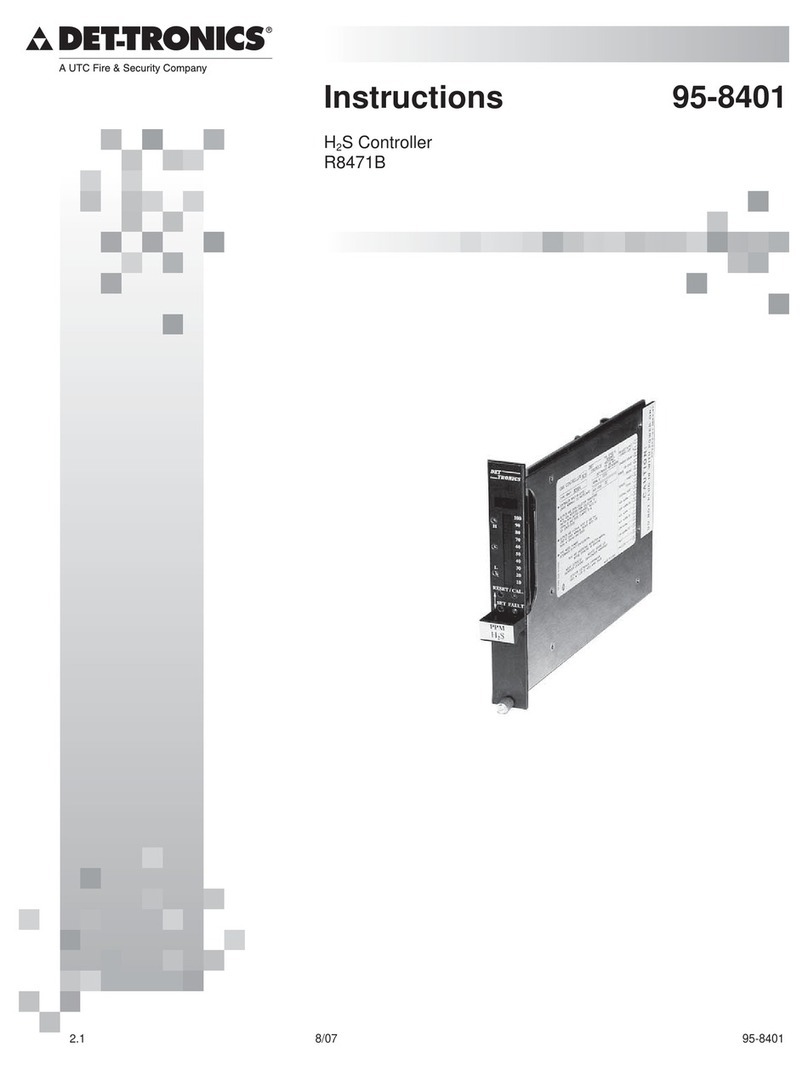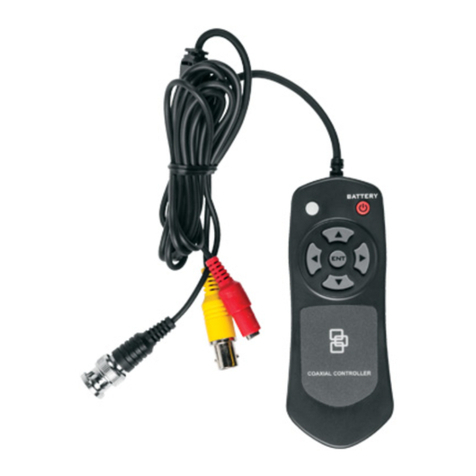
EQ300X CONTROLLER INSTALLATION........................... 3-13
Enclosure Requirements............................................. 3-13
Mounting ..................................................................... 3-13
Serial Interface Board ................................................. 3-13
Wiring.......................................................................... 3-14
Power Wiring........................................................ 3-14
Electrical Connections......................................... 3-14
Controller to Controller Communication ...................... 3-18
Conguration............................................................... 3-21
Software Dened Addresses ............................... 3-21
EQ300X REDUNDANT CONTROLLER INSTALLATION ... 3-21
Enclosure Requirements............................................. 3-21
Mounting ..................................................................... 3-21
Wiring.......................................................................... 3-21
LON Wiring.................................................................. 3-21
High Speed Serial Link (HSSL)................................... 3-21
Conguration............................................................... 3-22
S3 Conguration.................................................. 3-22
Controller Addresses ........................................... 3-22
Modbus................................................................ 3-22
ControlNet ........................................................... 3-22
EQ21XXPS SERIES POWER SUPPLY AND
POWER SUPPLY MONITOR INSTALLATION .................... 3-22
Mounting ..................................................................... 3-22
Wiring.......................................................................... 3-22
Startup ........................................................................ 3-24
Measuring Battery Voltage and Charging Current....... 3-24
EQP2120PS(–B) POWER SUPPLY AND
REDUNDANCY MODULE INSTALLATION ........................ 3-25
Mounting ..................................................................... 3-25
Wiring.......................................................................... 3-25
Startup ........................................................................ 3-26
EDIO MODULE INSTALLATION......................................... 3-27
Conguration............................................................... 3-31
8 CHANNEL DCIO INSTALLATION.................................... 3-32
Mounting ..................................................................... 3-32
Wiring.......................................................................... 3-32
Conguration............................................................... 3-36
8 CHANNEL RELAY MODULE INSTALLATION................. 3-36
Mounting ..................................................................... 3-36
Wiring.......................................................................... 3-36
Conguration............................................................... 3-37
ANALOG INPUT MODULE INSTALLATION....................... 3-38
Mounting ..................................................................... 3-38
Wiring.......................................................................... 3-38
Conguration............................................................... 3-39
INTELLIGENT PROTECTION MODULE INSTALLATION ....3-40
Wiring .............................................................................3-40
Conguration ..................................................................3-43
GAS DETECTOR LOCATION AND INSTALLATION .................. 3-44
Environments and Substances that Affect Gas Detector
Performance ........................................................ 3-44
EQ22xxDCU Digital Communication Unit used with
Det-Tronics H2S/O2 Sensors or other Two-Wire
4-20 mA Devices ................................................. 3-45
Assembly and Wiring Procedure.......................... 3-45
Sensor Separation for DCU with H2S and O2
Sensors........................................................ 3-46
EQ22xxDCU Digital Communication Unit used with
PointWatch/DuctWatch ........................................ 3-47
Assembly and Wiring Procedure.......................... 3-47
Sensor Separation for DCU with PointWatch ...... 3-47
EQ22xxDCUEX Digital Communication Unit (used with
Det-Tronics Combustible Gas Sensors)............... 3-48
Mounting.............................................................. 3-48
Wiring .................................................................. 3-48
Sensor Separation with DCUEX.......................... 3-49
EQ25xxARM Series Agent Release Module............... 3-51
Mounting.............................................................. 3-51
Wiring .................................................................. 3-51
Supervised Output for Deluge and Pre-action..... 3-53
Jumpers............................................................... 3-53
Address Setting ................................................... 3-53
EQ25xxSAM Series Signal Audible Module ............... 3-53
Mounting.............................................................. 3-53
Wiring .................................................................. 3-53
Jumpers............................................................... 3-54
Address Setting ................................................... 3-54
SYSTEM CONFIGURATION .............................................. 3-55
Setting Device Network addresses ............................. 3-55
Overview of Network Addresses.......................... 3-55
Setting Field Device Addresses ........................... 3-55
TYPICAL APPLICATIONS .................................................. 3-55
Table of Contents – Continued































